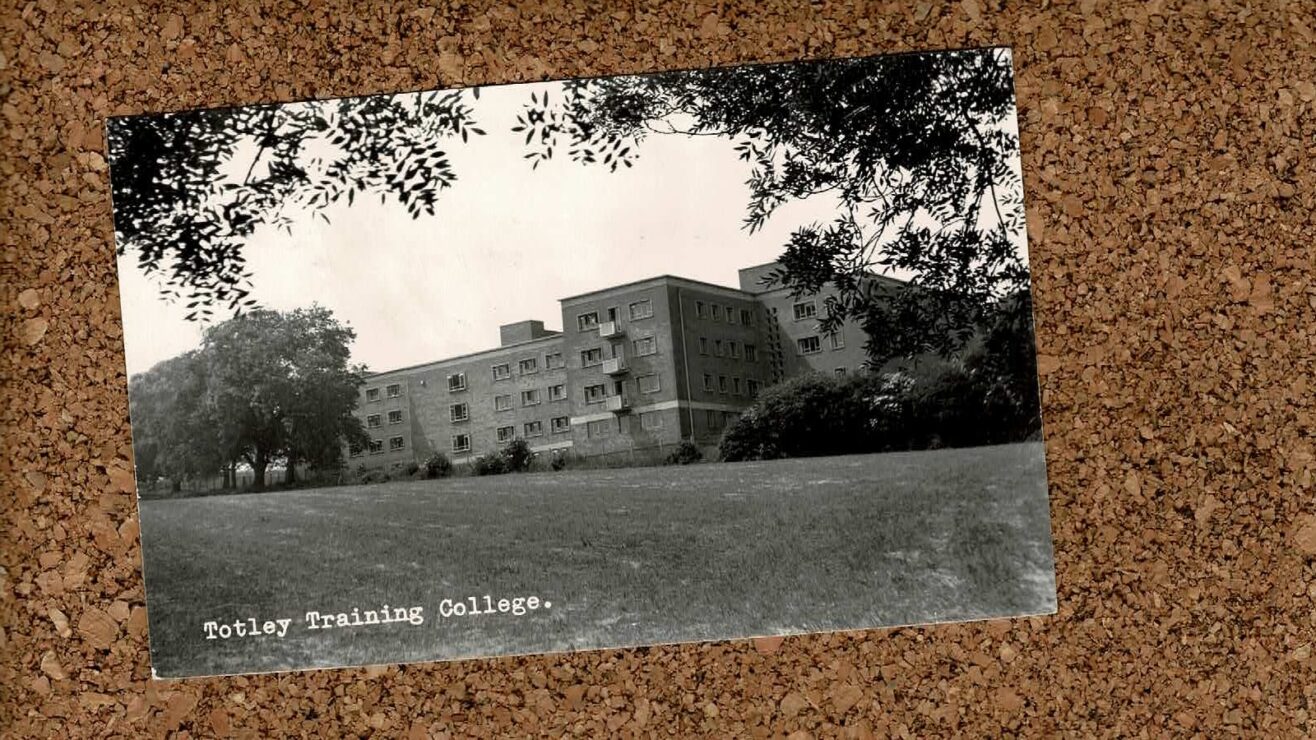The Scottish Government often holds up Sweden, Norway and Denmark as examples of what Scotland can and should aspire to be like.
As small, successful nations they are often a source of inspiration for policy and funding ideas. A report out this week from the European Universities Association gives Scotland new reason to look and learn.
The EUA’s Public funding Observatory report for 2018 has identified Sweden and Norway as “front runners” when it comes to public investment in their universities and has categorised Scotland as a “declining system under pressure”. The report looks at levels of public investment between 2008 and 2017.
Out of step with our peers
Scotland has been given the “declining category”, towards the bottom of the pack, because our universities have endured a pattern of long-term funding cuts to their teaching and research grants. In any given year, the level of cut is not so significant to warrant a huge fuss. Besides, the well-known narrative everywhere is that times are hard and everyone’s feeling it. But collectively, a succession of real term cuts have built up to a pattern that the independent body, the EUA, describes as “sustained decline”. This confirms the message of the Scottish Parliament’s own researchers who have calculated that recurrent funding to Scottish higher education is now £127.6m less in real terms than it was in 2014/15, an 11% cut. Based on patterns of investment, Scotland is closer to the approach taken in Serbia than Sweden.
Scotland is at odds with the majority of its European neighbours by choosing to disinvest in higher education. Over the last decade – a tough economic time for almost everyone – the majority of European countries have increased the level of investment in higher education as a strategic choice for economic growth and a prosperous society. Only 11 have cut budgets for higher education. The EUA finds that both Sweden and Norway, amongst others, have managed to achieve a “sustained growing pattern” with significant and comparable funding increases over the period and modest increases in student numbers.
We can turn this around
There will be a lot of nervousness in Scottish higher education about this assessment and the media coverage that may follow. The value of higher education is the quality of its teaching and research. As any wonk knows, it’s the foundation on which so much else is built including universities’ ability to recruit staff and students. The fear goes that if we lose that reputation the slide downward will be quicker and harder to recover from. So it’s worth saying that the performance of Scottish higher sector remains strong. A raft of measures support that, from student outcomes to research impact. But that success risks masking the pivotal point we are at as a sector. We can hold on for so long but it can’t be sustained.
This assessment needs to be a call to action to the Scottish Government and others to get behind higher education. There needs to be a long term and ambitious strategy for public investment in higher education. It’s a well-known and proud political achievement in Scotland that full-time undergraduate higher education is free. That’s widely supported across most of the political spectrum. But free higher education has to be well-funded higher education for it to mean anything.
An important choice
Scotland faces a choice and it’s an important one. Scotland is not at the bottom of the pack. There is a category below us and that’s “system in danger”. The Scottish Government can take action over the course of this year and into the next few budgets to make real terms increases in funding for higher education and build up towards a strategic and sustainable level of investment. The alternative is to slide further towards a ‘system in danger’ and risk the reputation and quality of a sector that contributes so much to Scotland and wants to continue doing so.
The EUA report needs to be the start of a new conversation about higher education funding in Scotland. The time to talk and to match actions to words is now.













